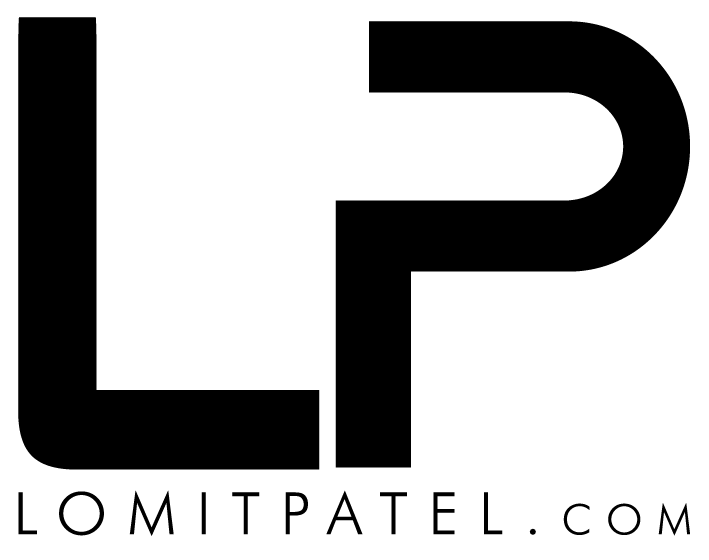So, you’re thinking about starting a business. It’s exciting and a bit terrifying. A million things are swirling around, from product ideas to financial projections. This starting a business checklist will guide you.
It’s your roadmap through the journey of entrepreneurship. Let’s explore this actionable starting a business checklist.
Table of Contents:
- Conducting Market Research
- Developing Your Business Plan
- Securing Funding
- Choosing a Business Structure
- Starting a Business Checklist: Legal and Tax Requirements
- Setting Up Operations and Finances
- Marketing, Branding, and Sales
- Team and Human Resources
- Ongoing Management and Growth
- Conclusion
Conducting Market Research
Before writing your business plan, do your market research. This helps you avoid common business mistakes.
Ask yourself: What are people looking for? Who are your competitors? What makes your business different? The Small Business Administration (SBA) offers resources on how to establish business credit and other aspects of your small business.
Their market research and competitive analysis guide helps uncover potential markets. Consider a sole proprietorship structure as you research. How will the business organization generate enough revenue for your revenue service payments?
Developing Your Business Plan
Use your research insights to create your business plan. This is where you define your dreams and give them structure.
A one-year plan with achievable goals keeps you focused. It also shows investors you’re serious. Include an executive summary, business description, and market analysis.
Also include financial projections, operational plans, and management details. Add your products/services, sales strategies, marketing plans, and funding requests. Your employer identification number (EIN) will be useful for taxes later down the line.
Securing Funding
Getting money requires more than wishful thinking. The SBA offers guidance on small business loans, grants, startup costs, finding investors, and obtaining grants.
Their guide on funding your business is a great resource. Start small to minimize capital needs until your business plan supports external funding.
Choosing a Business Structure
The IRS guide on choosing a business structure explains each type. Understanding each structure’s complexities and benefits is important.
Consider a Limited Liability Company (LLC) to protect personal assets. Matt Bontrager’s YouTube video emphasizes getting an LLC first. Keep your Social Security number secure throughout the process to avoid identity theft.
Starting a Business Checklist: Legal and Tax Requirements
Legal and tax obligations can be daunting. A thorough starting a business checklist will help you stay organized.
Federal, State, and Local Registrations:
- Get your Federal Employer Identification Number (FEIN) from the IRS if needed.
- Register your business name, usually with local governments, depending on your business structure. Review state guidelines for further information on how to start small businesses.
- If in Florida, use Sunbiz.org for easy-to-follow startup information.
Tax IDs, Sales Tax, and Business Licenses:
- Obtain your federal tax ID from the IRS using Form SS-4. Get federal and state tax IDs, estimate taxes, and collect sales tax if necessary. Bizee offers valuable information on business taxes.
- Understand how to collect sales tax if needed for your home-based business or brick-and-mortar business. It’s time to make these financial considerations.
- Obtain the required business licenses from your city and county using MyCompanyWorks to simplify the filing process.
- Contact your local IRS office in Florida or a Taxpayer Assistance Center (TAC) for any questions about startup business taxes. Potential customers won’t care about these business licenses.
Setting Up Operations and Finances
A solid setup from the start prevents future issues.
Business Bank Account, Credit, and Insurance:
- Open a business bank account. The SBA offers helpful recommendations in their guide.
- Get a business credit card to build business credit. Consider specific industries if you need funding.
- Obtain a Dun & Bradstreet D-U-N-S Number to further build your business’ creditworthiness with banks and suppliers.
- Secure business insurance, such as a General Business Insurance Package or a Business Owner’s Policy.
Business Location and Workspace Setup:
- Determine your space needs before searching for a business location.
- Lease office, warehouse, or retail space if not working from home. Footer navigation should not contain the privacy policy or a link to pay taxes.
Marketing, Branding, and Sales
Marketing helps sell your product. Unique branding sets you apart from competitors. Make sure business cards do not have the business federal tax id.
Brand Identity and Marketing Materials:
- Develop a strong brand identity to connect with customers emotionally. Hire professionals for website and logo design.
- Prepare business cards, stationery, and promotional materials that reflect your brand.
- Create great content for email marketing to reach your target audience.
Marketing Strategy and Sales:
- Observe where successful competitors advertise to target the right demographic cost-effectively. (Source)
- Develop consistent sales processes. Utilize targeted advertising on digital platforms.
Team and Human Resources
A well-aligned team is crucial for productivity and success. Business development should always consider people first.
Hiring Employees, Legal Compliance, and Operations
- Decide whether to hire W-2 employees or 1099 contractors. Ensure payroll tax compliance for W-2 employees.
- Keep Form W-4s current for accurate payroll tax calculations. Adhere to local and state government requirements. Follow a business guide for your legal structure as tax ids can be confusing.
- Have employees complete Forms I-9 and W-4. Use E-Verify to comply with hiring regulations.
- Register for Worker’s Compensation and Unemployment insurance to minimize legal risks.
Setting up Employee Processes and Operations
- Create HR policies and an employee handbook. Define job titles, descriptions, and responsibilities.
- Implement payroll services that include insurance withholdings for W-2 employees.
- Consider using HR software like Paylocity or Paychex for efficient human resource management.
Ongoing Management and Growth
Launching is just the beginning. Ongoing planning is crucial for sustained growth.
Regular Reviews, Planning, and Optimization
- Maintain compliance by filing quarterly reports. Use a business tax calendar to track deadlines. File periodic reports to avoid issues with tax payment plans. Requirements vary by state, local government, and business structure.
- Review and adjust your plan regularly, especially concerning financial milestones. Annual reviews are a good starting point.
Conclusion
A starting a business checklist is not one-size-fits-all. Tailor it to your vision, from legal structure to funding. It provides a structured overview of your tasks. Consider these steps for an optimized path to bringing your business to life. Your employer identification number will be key for numerous steps in the future. This list evolves from idea to launch and beyond. Make sure to always keep insurance policies up to date, so your business continues to operate as efficiently as possible.
Subscribe to my LEAN 360 newsletter to learn more about startup insights.





